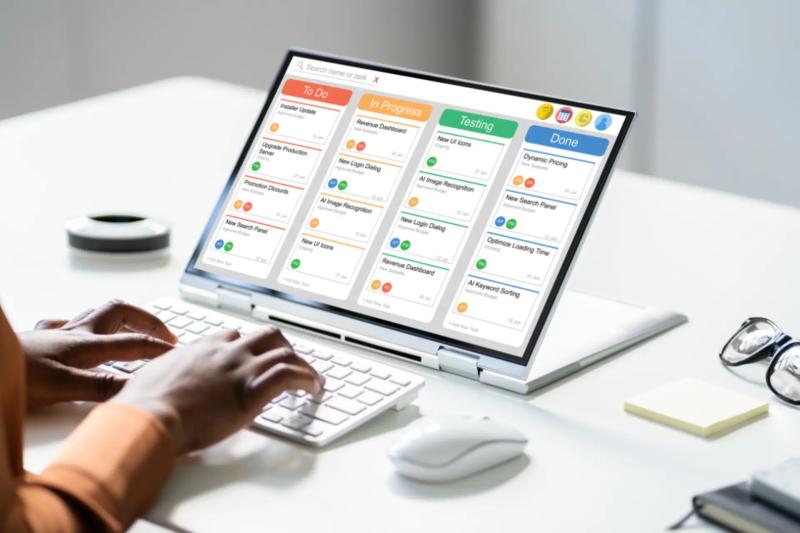In today’s fast-moving world of technology, new ideas often surface with the power to shift how we work, learn, and live. One such emerging term is Eporer. While not yet widely known, it is gaining attention among professionals looking for smarter, more connected digital solutions.
This guide explores what Eporer means, where it came from, how it’s used, and why it could shape the future of industries.
What is Eporer?
Eporer can be thought of as a modern digital framework. Its main goal is to improve how systems connect, grow, and serve people. At its heart, Eporer focuses on three pillars:
-
Integration
-
Accessibility
-
Scalability
These core features help organizations work more efficiently while staying user-friendly and future-ready.
Where Did the Term Eporer Come From?
The word “Eporer” appears to be a newly created term. It combines ideas from different tech philosophies into one fresh concept. Even though it lacks a clear origin or long history, it reflects a growing need for better digital experiences.
People are starting to use Eporer when discussing digital transformation, smarter systems, and human-centered technology. Its rise suggests that businesses and educators alike are searching for solutions that offer both flexibility and purpose.
The Three Main Elements of Eporer
1. Integration
Today’s users often deal with many disconnected tools. Eporer supports linking them together in a smooth, seamless way. When systems talk to each other, people waste less time and get more done.
For example, a hospital’s patient records, billing, and appointment systems can be joined through Eporer principles to improve healthcare delivery.
2. Accessibility
Technology should be for everyone. Eporer promotes designs that are easy to understand and use, even for those without deep technical skills. That means clearer layouts, better training, and support systems built into the platform.
This approach is especially important in schools and workplaces, where diverse groups need equal access to digital tools.
3. Scalability
As businesses grow, so do their technology needs. Eporer supports flexible systems that expand with ease. Instead of tearing down old software, organizations can build on what they already have.
This saves money and keeps workflows consistent during growth.
Where Is Eporer Used?
Healthcare
In hospitals and clinics, Eporer helps by connecting different software systems. It allows doctors, nurses, and administrators to share data, improve decision-making, and enhance patient care. Eporer also encourages secure communication between departments and even across institutions.
Education
Eporer enables better digital learning environments. Tools like learning management systems, video lessons, and real-time quizzes can all work together in one accessible hub.
Educators using Eporer principles can create classrooms that are inclusive, efficient, and tailored to each student’s needs.
Business and Industry
Companies across all sectors are looking for ways to streamline operations, reduce costs, and stay competitive. Eporer offers integrated systems that use real-time data, smart analytics, and automated processes to support strategic decisions.
From small startups to global corporations, businesses are adopting Eporer ideas to stay agile and responsive.
What Challenges Might Eporer Face?
1. Resistance to Change
Some teams or organizations may hesitate to adopt Eporer. They might worry about shifting away from familiar processes. Others may fear job loss or feel uncertain about new technologies.
Leaders can ease these concerns by showing the long-term value of Eporer and involving staff in every step of the process.
2. Upfront Costs
Building new systems or connecting old ones can be costly at first. However, when planned well, these expenses are often offset by long-term gains in productivity and user satisfaction.
Grants, partnerships, or phased implementation can also help reduce the burden for smaller businesses.
3. Lack of Technical Skills
To get the best results from Eporer, teams need training. Without the right skills, even the smartest systems can go unused. Organizations must invest in ongoing education, workshops, and digital literacy programs.
What Does the Future Hold for Eporer?
The outlook for Eporer is full of potential. As more industries adopt artificial intelligence, smart automation, and cloud computing, Eporer is likely to play a central role.
In the future, Eporer could help shape:
-
Smarter cities
-
Personalized education
-
Remote healthcare
-
Transparent public services
-
Ethical use of AI and data
With the growing need for efficient, scalable, and human-friendly systems, Eporer may become a foundation for the next wave of digital solutions.
Final Thoughts
Eporer is more than a buzzword. It is a vision for how technology can work better for people. By promoting integration, accessibility, and scalability, Eporer gives schools, companies, and governments the tools to grow with purpose.
As digital demands rise, the need for clear, connected, and ethical tech becomes more urgent. Eporer is not just about software or platforms. It’s about building systems that fit the real needs of modern life.
The story of Eporer is still unfolding. But one thing is clear: it offers a pathway toward smarter, more inclusive innovation.
